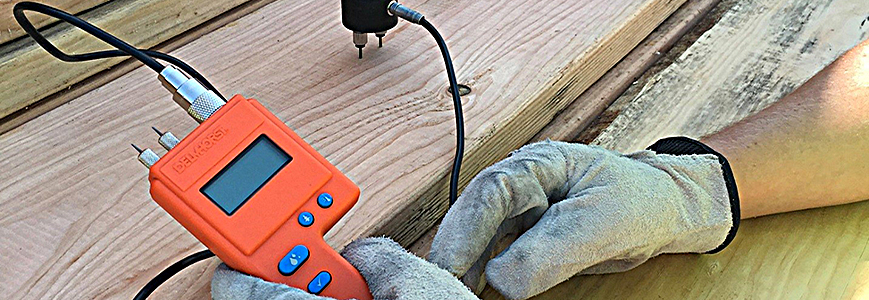Nailing Down Lumber Standards

Before you line up at the cash register in a building-materials store, you might want to ask yourself: Is that 8-foot, 2x4 board you’re about to buy actually 8 feet long and really 1.5 inches thick by 3.5 inches wide?*
State and local inspectors are responsible for ensuring compliance, but they have no agreed-upon set of testing procedures for softwood lumber, such as pine. It’s not as easy as it might seem. For example, moisture content can make a large difference in a board’s dimensions, as can density, species, and even grain orientation. In the absence of specified guidelines, it’s hard to evaluate errors or compare findings, and impossible to cite a recognized measurement standard when, for example, someone lodges a complaint about incorrectly sized lumber.
That’s why PML’s Office of Weights and Measures, in cooperation with the industry-based American Lumber Standards Committee and the California Division of Measurement Standards, has developed a detailed set of proposed softwood testing procedures for submission to the National Conference on Weights and Measures, which sets the consensus standards for all states to use.
The current version gives specific practical specifications for nearly all aspects of softwood inspection, including the kinds of calipers (for thickness and width) and steel tape (for length), the minimum quality and method of deployment for wood moisture meters, dimensional correction factors for moisture content (e.g., 1% shrinkage for each 4% change in moisture content) in different species, and many other factors.
For lumber inspectors, that ought to nail it down.
*The finished dimensions of what’s called a 2x4.
**Reference: Making Sure that Lumber Measures Up
Contacts
-
PML webmaster

